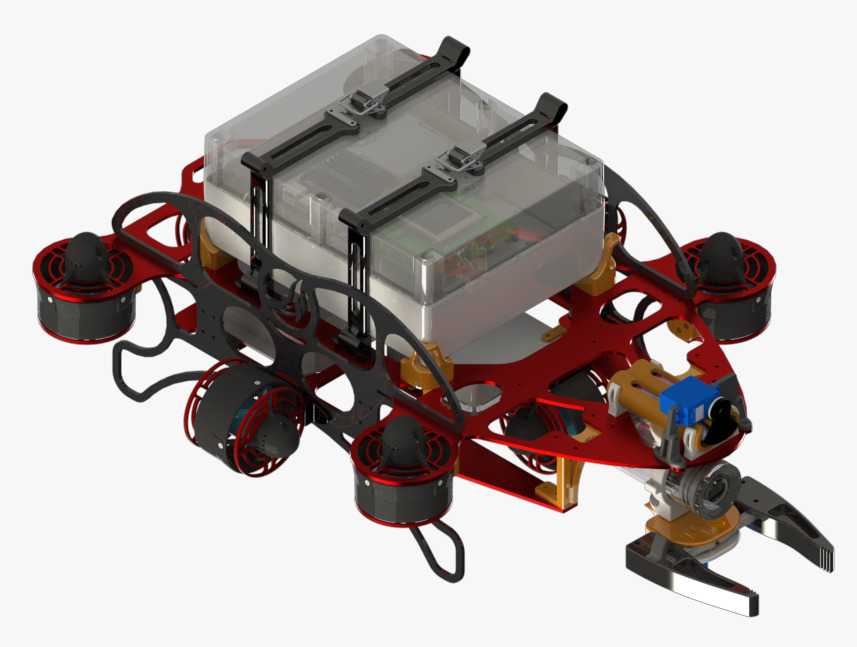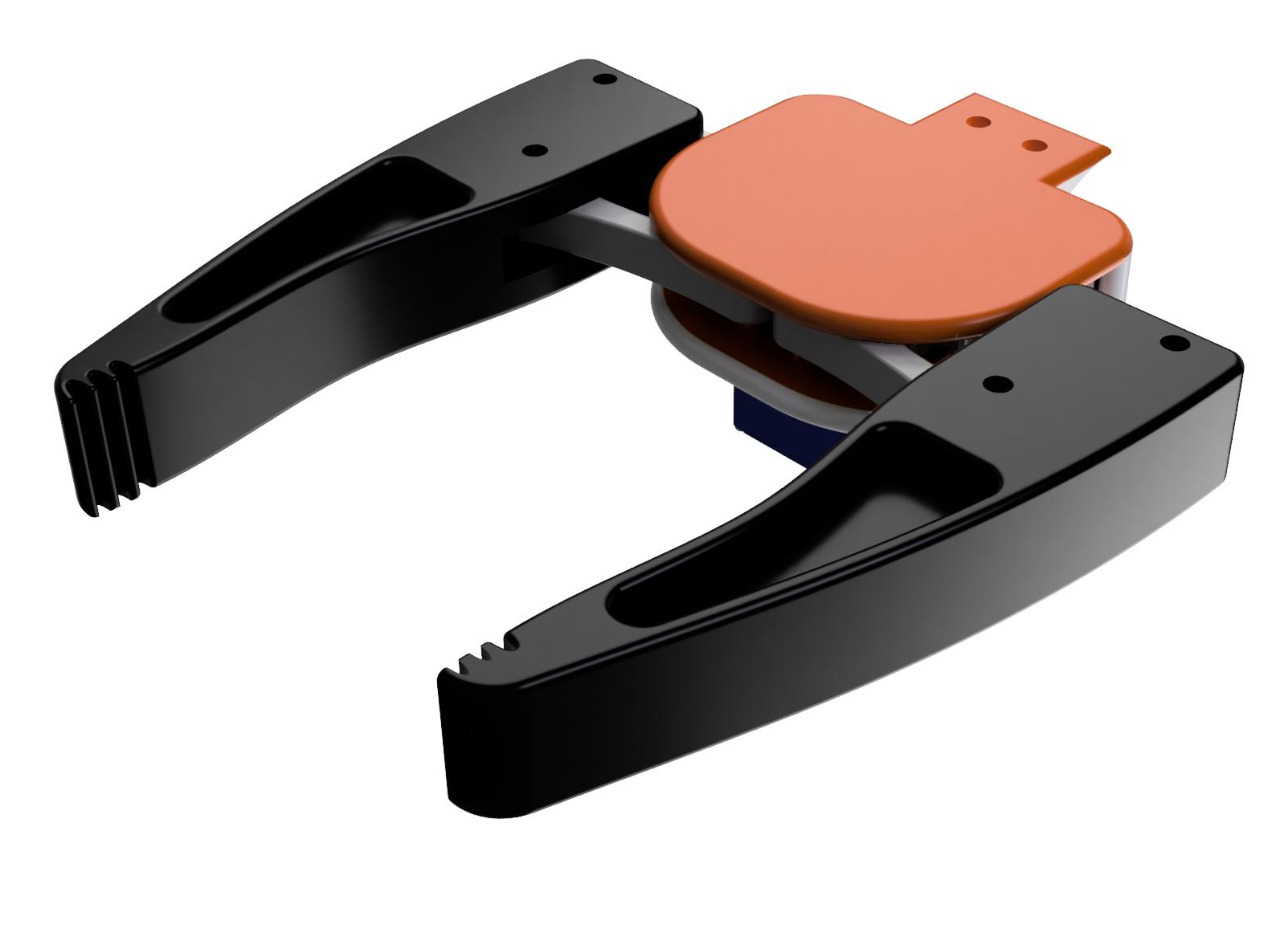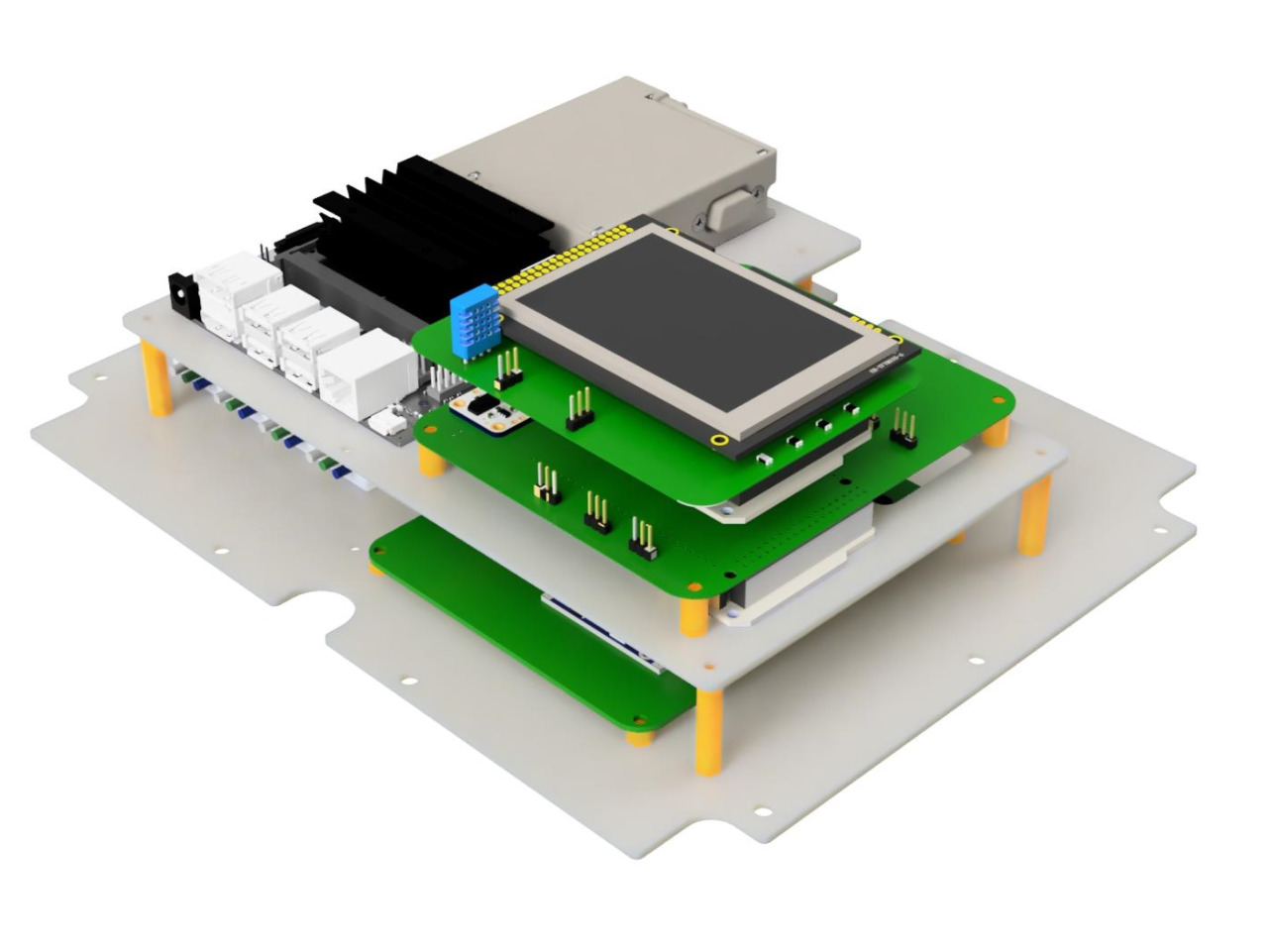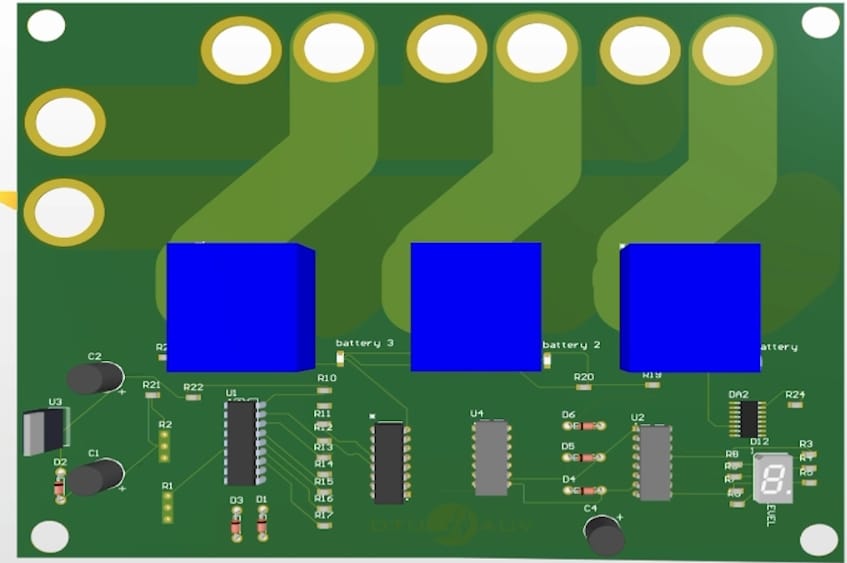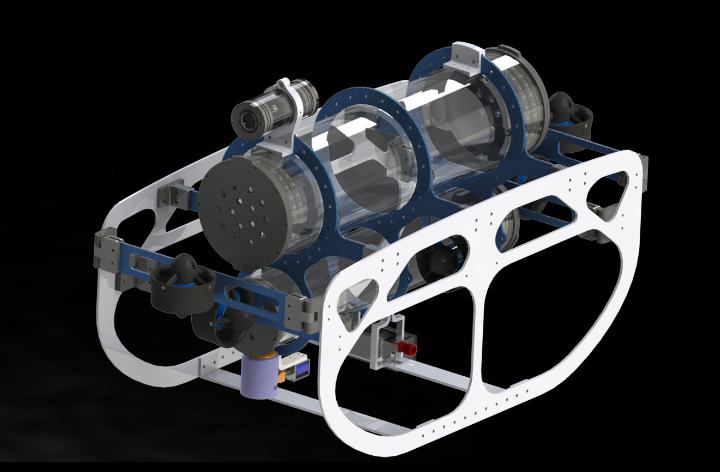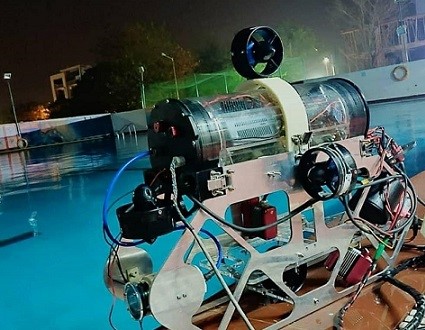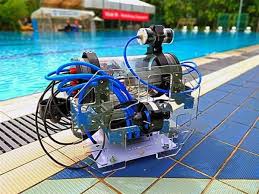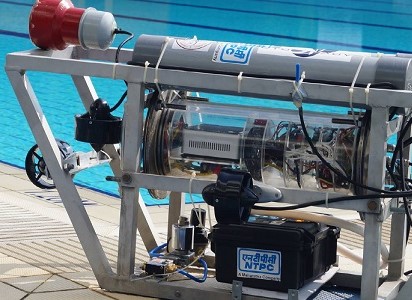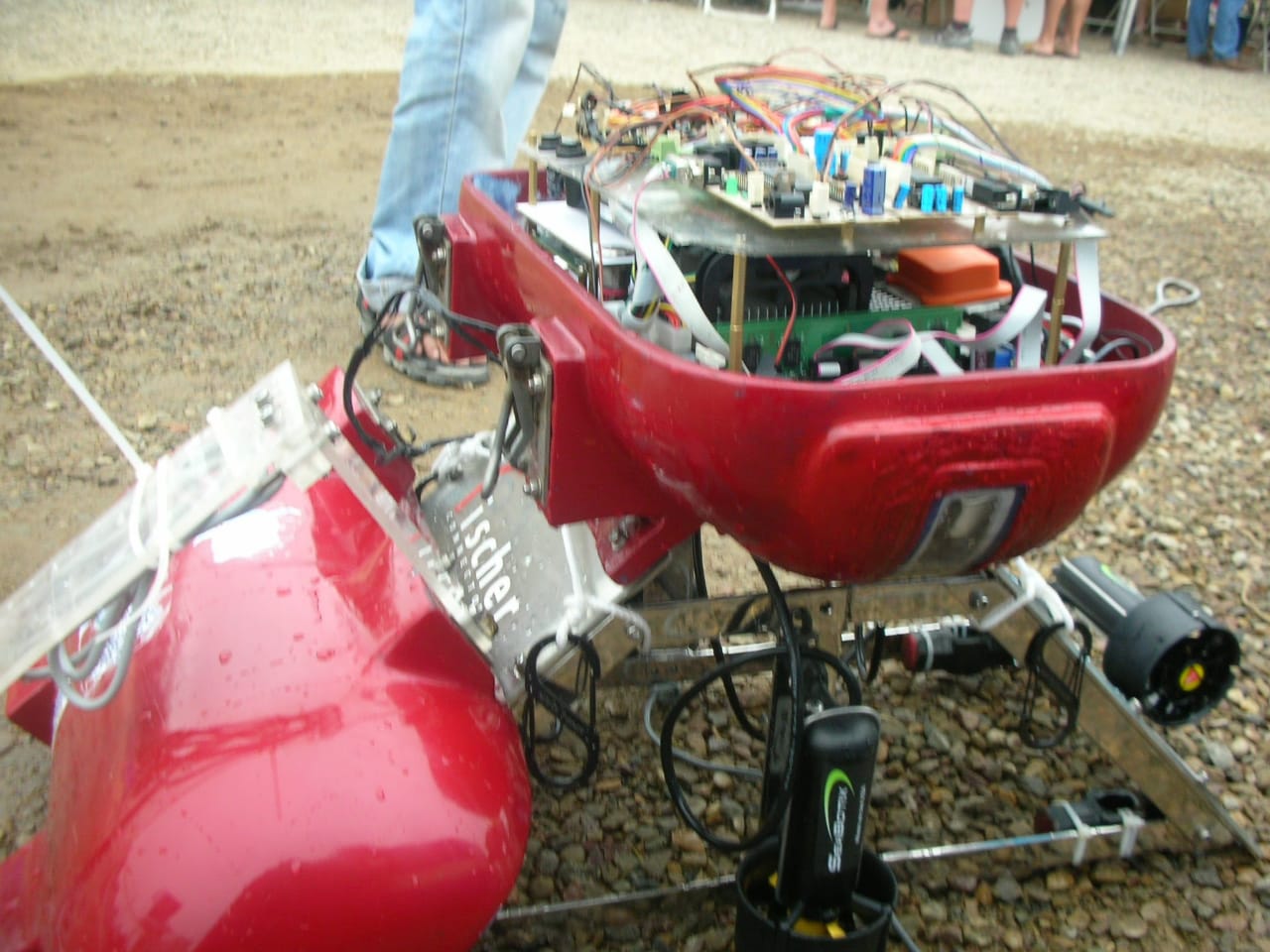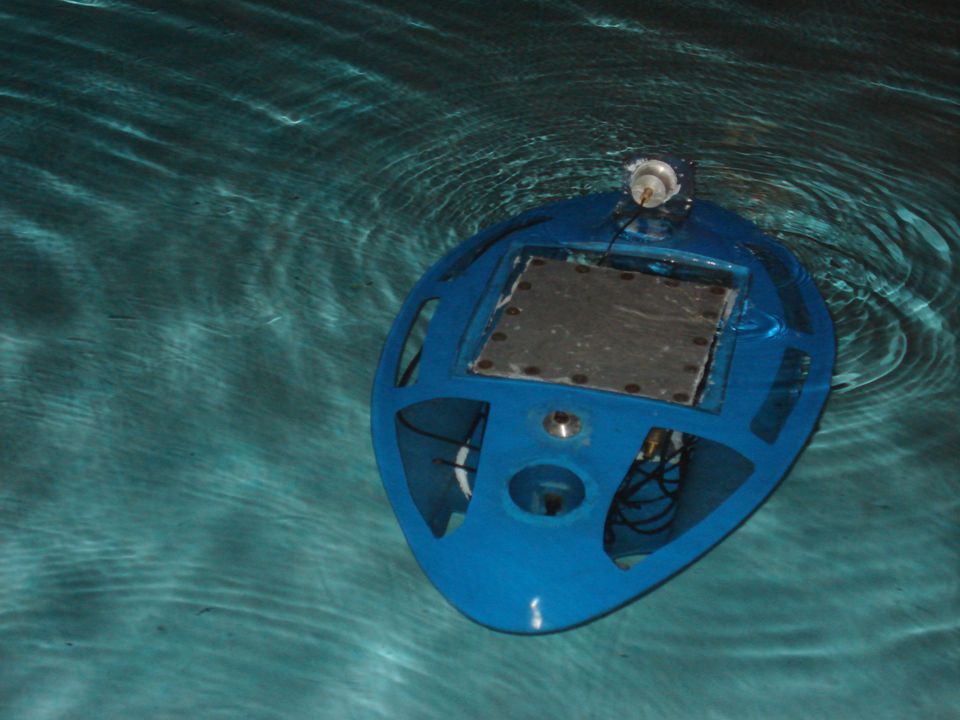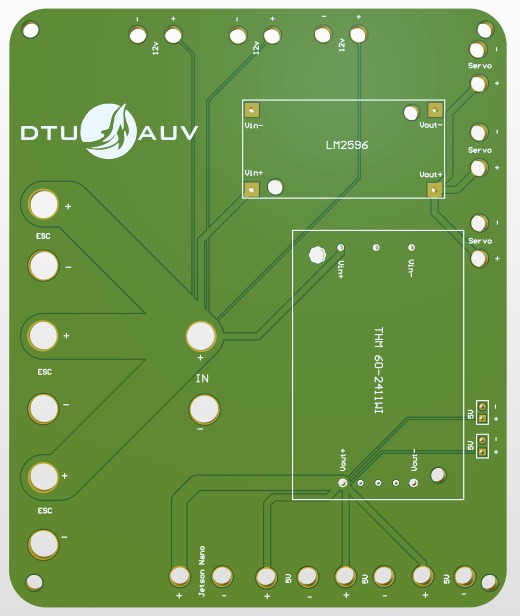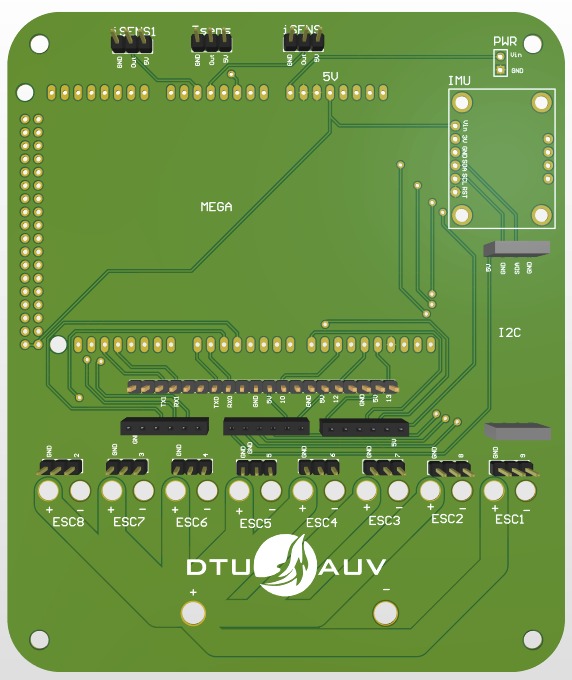Lapras 2.0
Our latest development
Our latest Autonomous Underwater Vehicle, prepared for the RoboSub
2022 competition. LAPRAS is the flagship Autonomous Underwater Vehicle developed at Delhi Technological University.Using the insights from Robosub 2021 , Lapras 2.0 has enhanced upon the capabilities of its predecessor. Manipulators have been upgraded for better dynamics in autonomous operations.Vision algorithms have been finely tuned which has led to a massive improvement in the success rate of object detection.
Lapras 2.0 Journal
